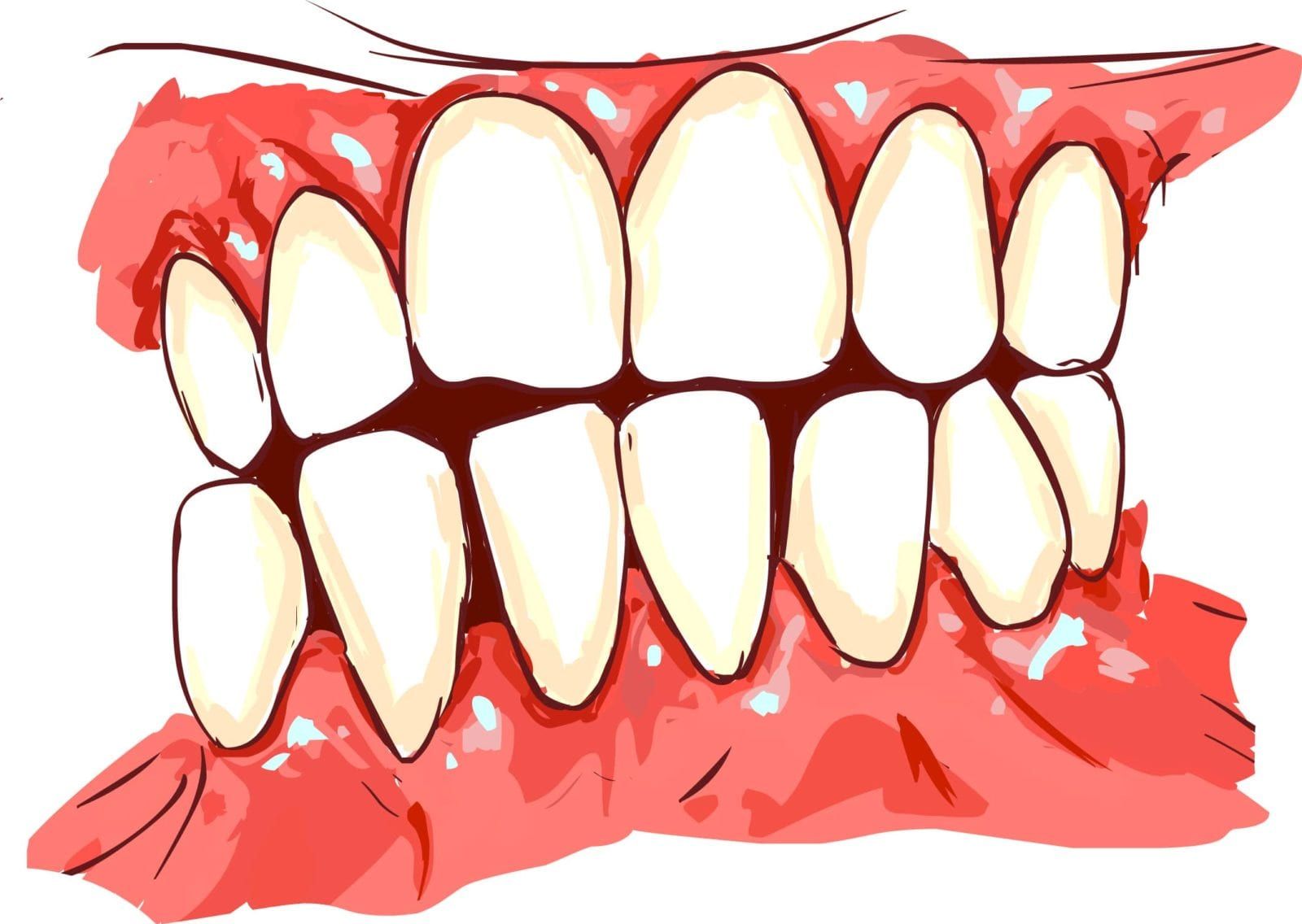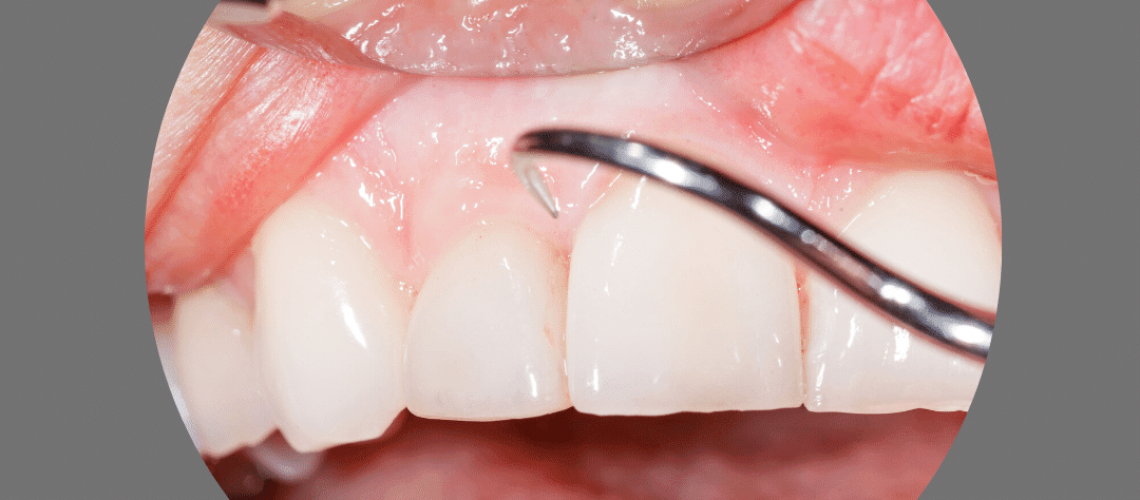Did you know that the Centers for Disease Control and Prevention (CDC) reports as many as 47.2% Americans over the age of 30 and 70.1% Americans over the age of 65 currently have some form of gum disease? Unfortunately this shows that gum disease is highly common and becomes more common with age. Part of the reason why gum disease is so popular is because many people affected with gum disease don’t know they have it until it progresses.
Gum disease can occur in two forms. The mild form, gingivitis, is able to be treated and can eventually be reversed. However, if gum disease progresses to the advanced form of periodontitis, then it cannot be reversed and can only be managed to prevent it from getting worse. In some cases, gingivitis can go undetected until it progresses to periodontitis.
To prevent gum disease from progressing, it is important to know the signs of gingivitis so that it can be addressed promptly. The most common signs of gum disease include:
Abnormal Coloring
Healthy gums should be a coral pink color in those with fair skin and a slightly darker coral color in those with more pigmented skin. If the gum tissue is deep pink or red, this is a good indication of gum disease. Gums with a deep pink or red color may also appear swollen and inflamed.
Gums that Bleed Easily

Your gums should not bleed when you brush or floss. If you find your gums bleed easily when you brush or floss, this can be another sign of gum disease.
Gum Recession
Healthy gums should attach firmly to the teeth and cover the entire tooth root. Unfortunately, excess bacteria along the gum line can cause the gums to pull away from the teeth which exposes the tooth roots. This can make your teeth appear larger than normal. Severe gum recession can cause the teeth to become loose, which can cause them to shift in position or fall out.
Tooth Sensitivity
As a result of gum recession and the exposure of tooth roots, you may also experience tooth sensitivity. This is because the tooth roots lack enamel since they are normally protected by the gums.
Pain
Most mild cases of gum disease do not cause pain. This is one unfortunate reason why many people are unaware they are affected by gum disease. In most cases, gum pain is an indication of the inflammation that comes with advanced gum disease.
Being able to identify the early signs of gum disease can help prevent its progression. Signs such as abnormal coloring, gums that bleed easily, gum recession, tooth sensitivity, and pain are all indications that you should schedule an appointment with your dentist to be evaluated for gum disease. In order to prevent gum disease, it is essential to practice good daily oral hygiene such as brushing twice a day and flossing daily. You should also schedule regular dental exams every six months so that your dentist can evaluate your gums for any early signs of gum disease.



